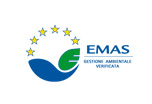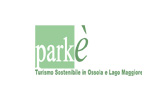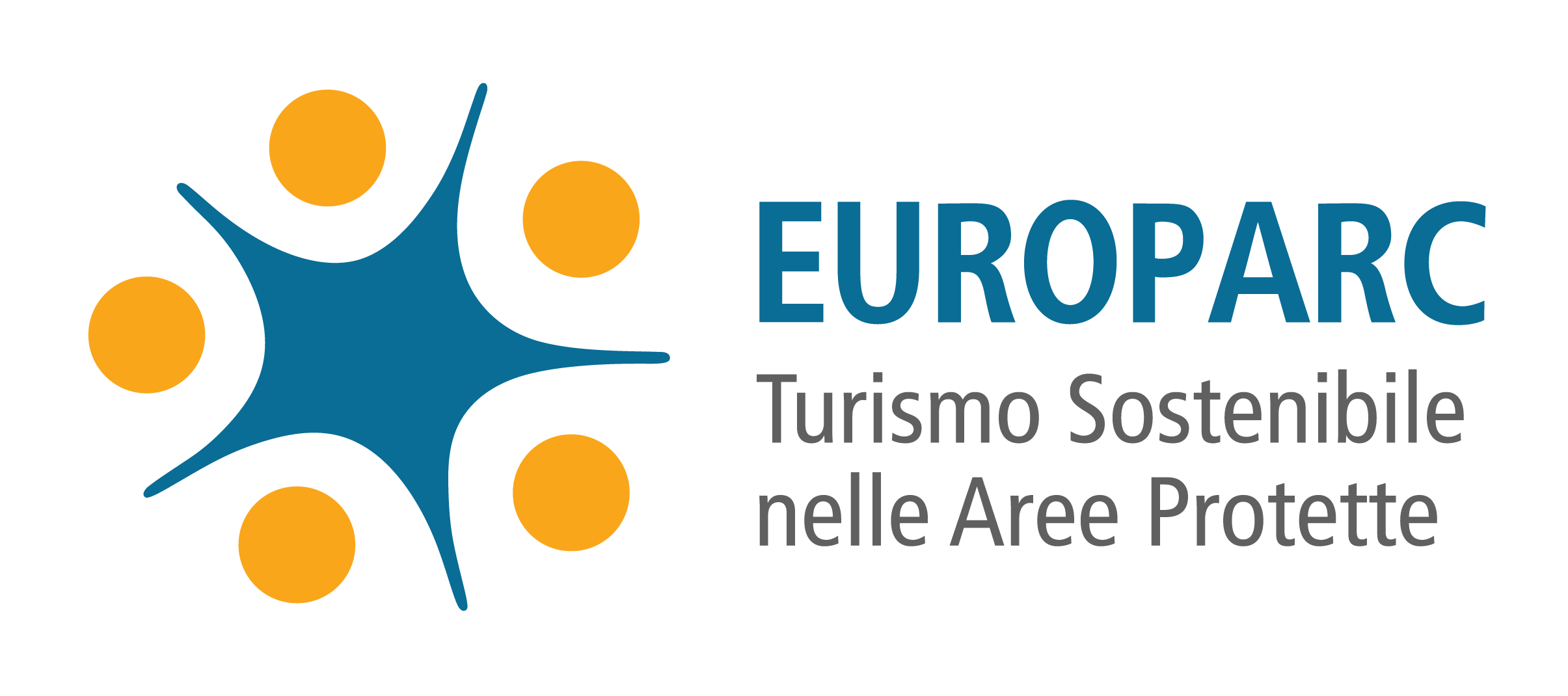In 1533 the Anzasca Valley was visited by Joachim de Annono, a “good man” (“homo da bene”) working as an officer of the Spanish Governor of Milan. Joachim was a man of power and came to check whether the Vallese people of Anzasca would be able to pay the high monthly tax. Joachim stayed there 14 days and on his way back gave a precise and documented report. This was the first description of the Strà Granda which from Piedimulera goes up to Macugnaga to then go back up the steep Mount Moro which leads to the Saas Valley.
At the centre of Joachim’s journey we can find the medieval road of the Anzasca Valley: “… I find this valley has very little or close to nothing as far as flatness is concerned, is roughly sixteen miles long, takes place among very high mountains in the middle of which a great torrent called Anza flows, descending from an icy mountain, with such ice being permanent at the bottom of such Valley, and with such torrent becoming a Brook among many brooks which go down here and there among the aforementioned mountains, and to reach such valley you must go up a mountain for about a mile so as to find the straight road built among these mountains, about an arm and a half wide, and in such place such road is more or less very tall and steep; …”
Nowadays, 400 years after the road was undertaken by Joachim de Annono, we may still tread along that very same path.
On the worn-out flint stone-paved road which goes up in hairpin bends the history of the valley has taken place, not its Great History but its humble and hidden one of mule drivers which would go up to Switzerland or of Vallese people that would descend to the Vogogna market to stock up on grains. The shiny flint stone of each hairpin bend has seen furious village wars and the passing of loads of gold which would go down to the city. To walk along the Strà Granda of Anzasca means undertaking a journey across time on a historical path of infra-village communication relations. Right on top of Piedimulera we meet the Nepomuceno Oratory of Saint Giovanni, a symbol of protection from drowning and inundation (as well as from rumourmongers!); at Mezzamulera, which is famous for its hemp weaving, some special indentations in the walls can be found to support the load born by mules. At Cà Turnal an anvil, a set of pincers, and a hammer incised on a stone slab display the Ghibelline emlem used at Ferraria, one of the rural communities that stained Ossola with blood in the XVI century. Furthermore, here we can also find the ovens found in the rural communities for the common cooking of bread a few times a year, the syndicate presses for the making of marc from wine grapes (a little masterwork of such rural engineering can be found at Morolongo), and the windmills and machines for the pressing of walnuts to extract their oil content.
A-hundred-and-a-hundred are the findings amid the farming culture material scattered along the Strà Granda which becomes the thematic path to discovering the Alpine civilization developed among these mountains. Furthermore, at the head of the valley, the imposing east wall of Mount Rosa, two-thousand meters high among rocks and ice, is the only side of Himalayan dimensions among the Alps. The valley is anomalous, with two cultures (the Walser culture as well as the Romance culture), which preserves a high degree of naturalness and ancient harmony between people and the environment.
The ancient Stra’ Granda itinerary can be undertaken in four stages on easy well-marked paths.
The route:
- VIA STRA’ GRANDA: Stage 1 – Piedimulera – Pontegrande- Bannio Anzino
- VIA STRA’ GRANDA: Stage 2 – Bannio Anzino - Pontegrande- Macugnaga Rural Community in the Municipality of Staffa
- VIA STRA’ GRANDA: Stage 3 – Macugnaga Rural Community in the Municipality of Staffa – Oberto Mountain Hut (Del Moro Mountain Pass)
- VIA STRA’ GRANDA: Stage 4 Oberto Mountain Hut - Del Moro Mountain Pass - Saas Almagell











